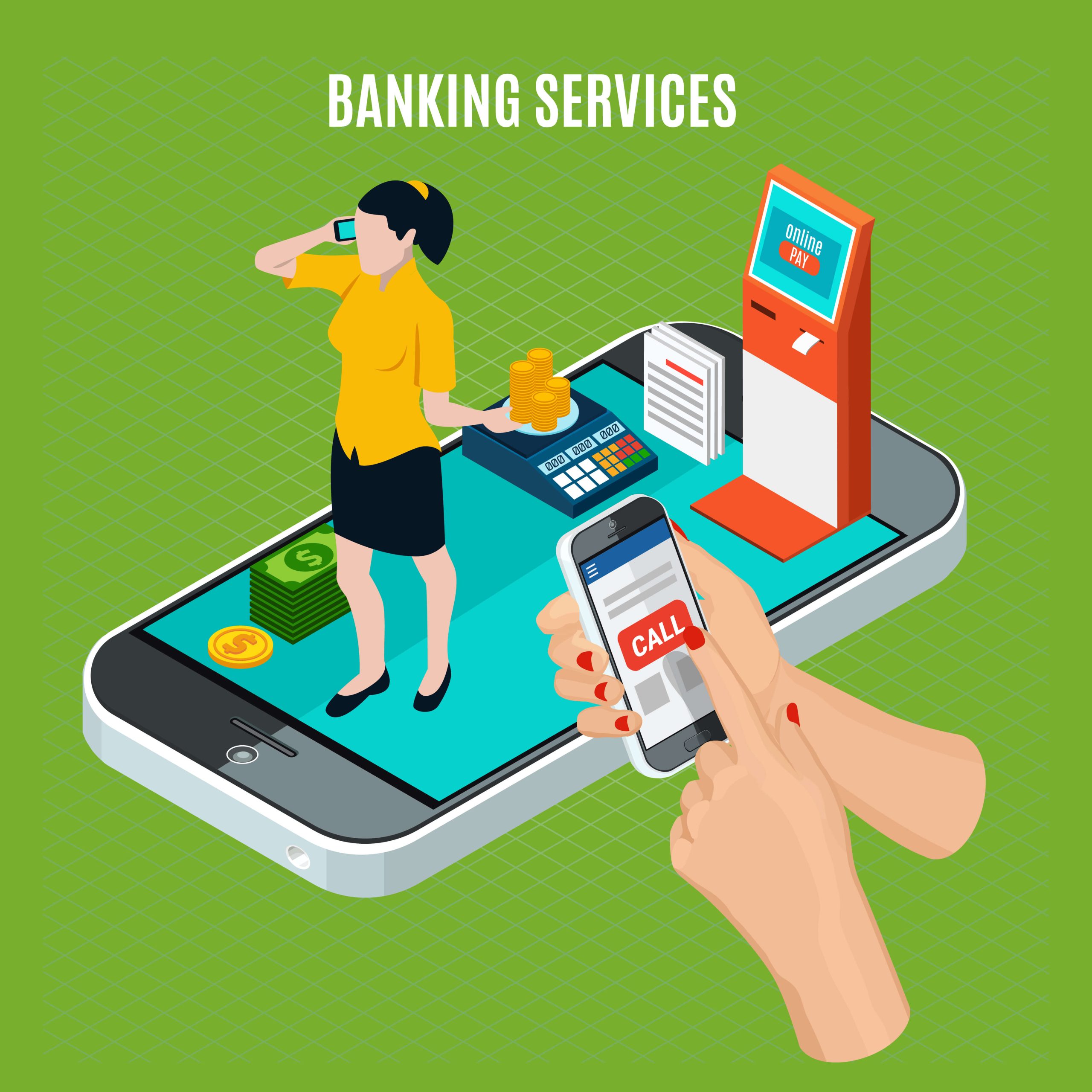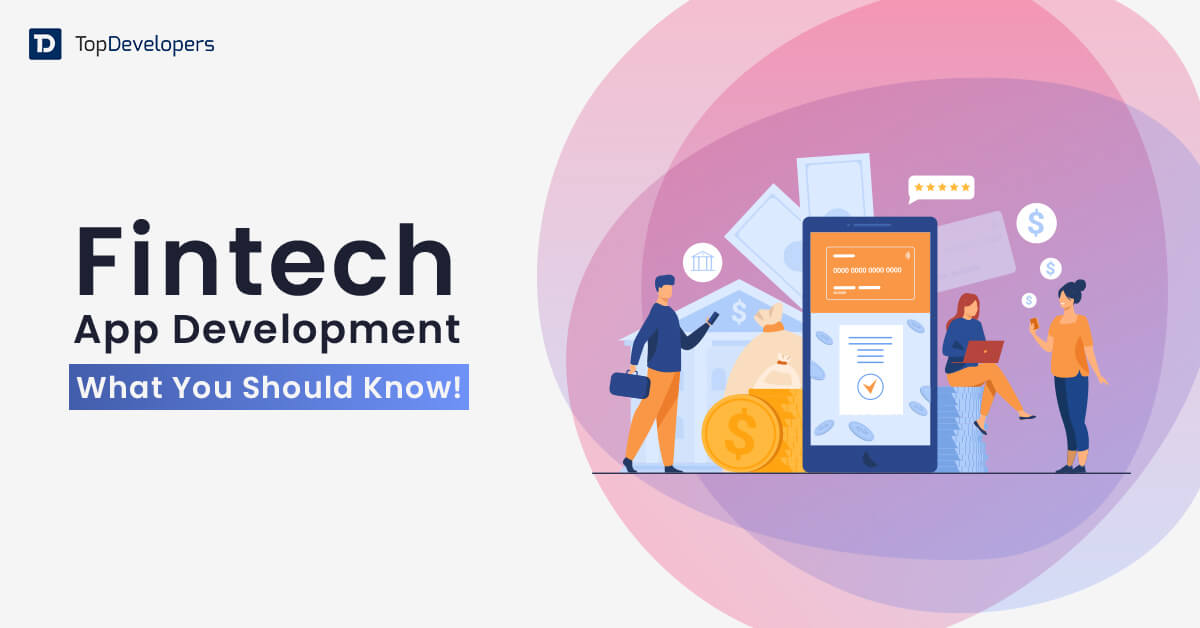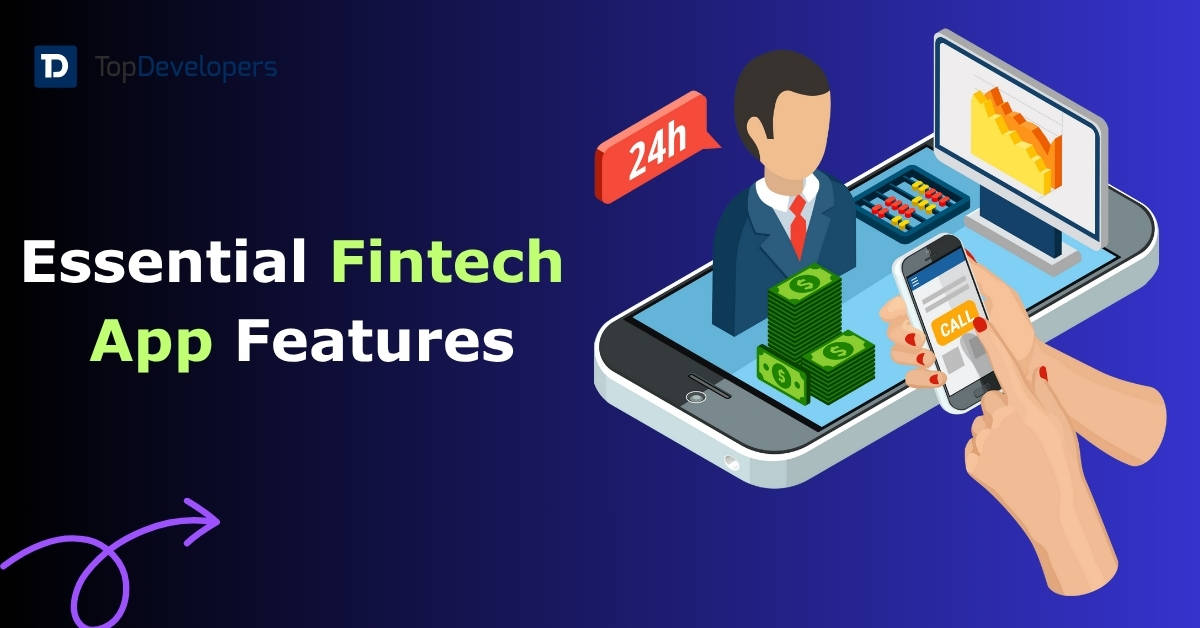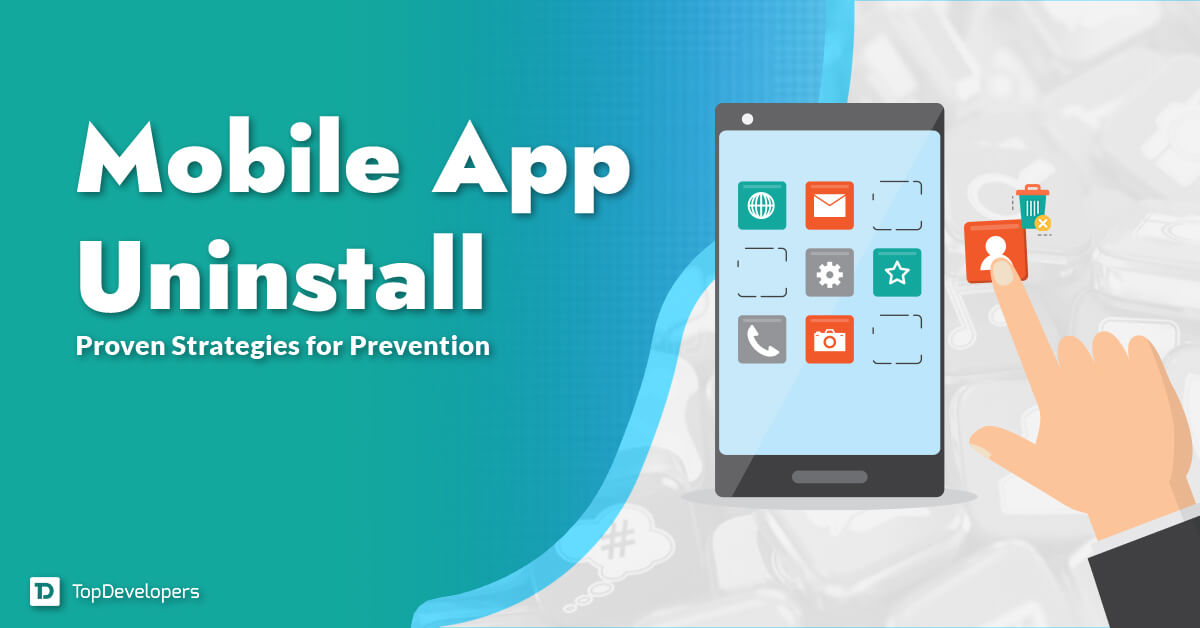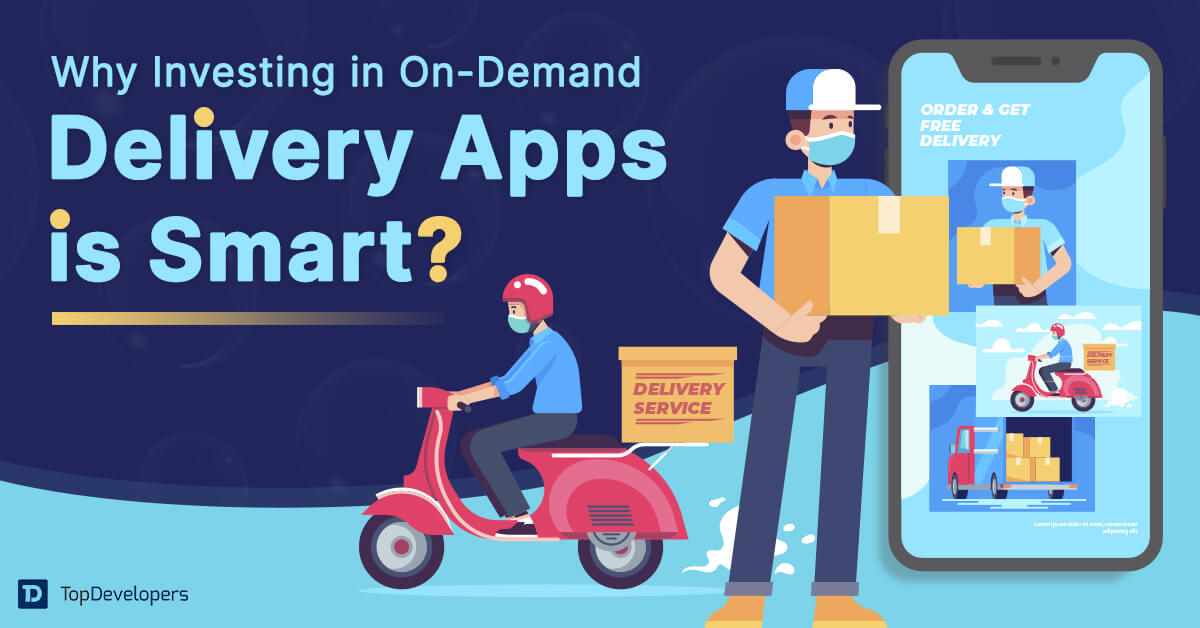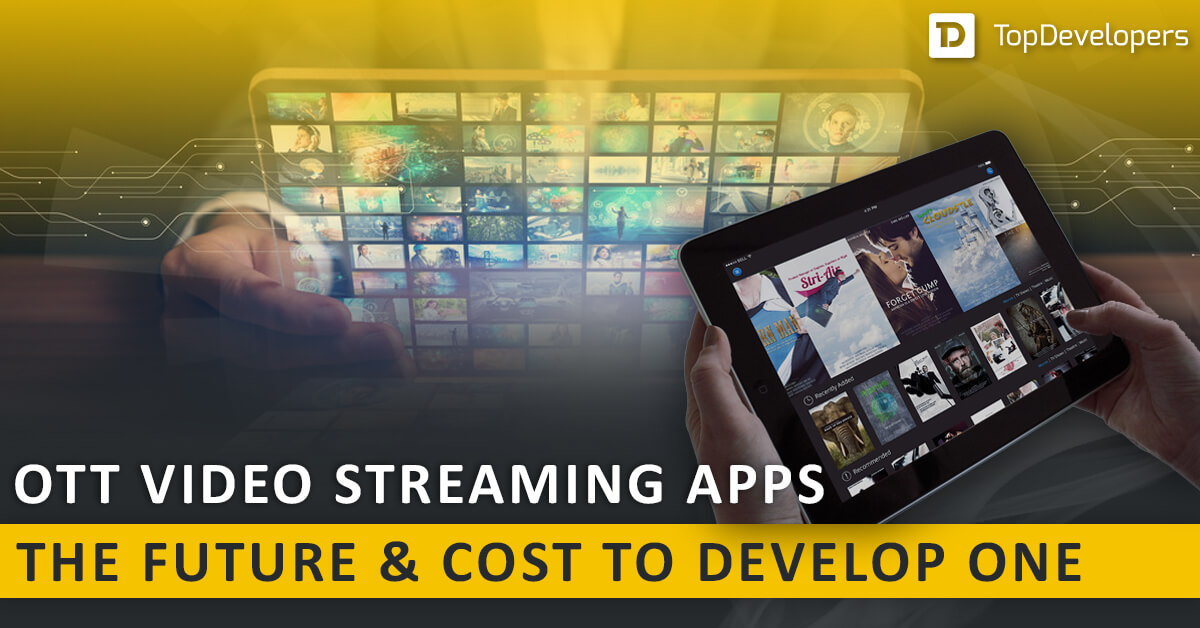
Fintech, or financial technology, is transforming the way people manage money. What started as simple tools for online banking has grown into a powerful global industry. Today, fintech is deeply embedded in our everyday lives, from paying bills with a tap to managing investments on the go. Since 2021, the industry has changed rapidly. We have moved beyond traditional digital banking. New type of apps for finance industry are smarter, faster, and more personalized than ever. Technologies like artificial intelligence and blockchain are shaping tools that respond to users in real time.
People now expect financial apps to do more than just transactions and payments. They want insights, control, and services that fit their lives. In this article, you will explore ten modern types of fintech apps that are leading the way.
We will look at how they work, who is building them, and what trends are driving their growth. Whether you are building a product or just staying informed, this guide will help you understand where fintech is headed.
Table of Contents
- 10 Essential Fintech App Types You Need to Know
- 1. Digital Banking Apps
- 2. Investment and Robo-Advisory Apps
- 3. P2P Payment and Wallet Apps
- 4. Lending and Credit Scoring Apps
- 5. Buy Now, Pay Later Platforms
- 6. Personal Finance Management (PFM) Apps
- 7. Insurtech Apps
- 8. Blockchain and Crypto Apps
- 9. Embedded Finance Apps
- 10. RegTech and Compliance Apps
- Bonus: AI-Powered Fintech Assistants
- Key Tech and Regulatory Trends
- Conclusion
10 Essential Fintech App Types You Need to Know
Fintech apps are no longer just about mobile banking or peer payments. The apps cover a wide range of use cases that touch nearly every part of the financial system. From investing and lending to compliance and crypto, these apps are shaping how users experience money. Let’s explore the ten key types leading the way this year.
1. Digital Banking Apps
Digital banking has moved far beyond basic online access. In 2025, the new generation of apps is smarter, faster, and deeply personalized. These online platforms are not just banks on your phone. They are full-service financial hubs designed around the way people live and spend today. AI plays a big role in this evolution.
Neobanks now offer real-time spending alerts, smart budgeting suggestions, and custom insights based on user behavior. The goal is not just to store money but to help people manage it better. What sets these apps apart is their focus on experience. Fintech platforms like Nubank, Fi, and Jupiter are leading this change.
They provide clear visuals, clean design, and easy navigation. Everything is built to reduce friction and improve trust. In 2021, finance apps like Chime, Monzo, and Revolut were shaping the market. Today’s leaders go further. They integrate features like savings goals, spend tracking, and credit insights into one seamless experience. Cross-border support is another standout.
Users can now manage multiple currencies, send money internationally, and link global accounts with ease. Embedded finance features are also growing. Users can access insurance, investments, or rewards without switching apps. Digital banking is no longer about convenience. It’s about control, intelligence, and simplicity.
2. Investment and Robo-Advisory Apps
Investment apps are no longer built just for seasoned traders. Currently such apps cater to first-time investors and experienced users alike. Robo-advisors are smarter, portfolios are more diverse, and the experience is designed for daily use.
Fintech apps today offer automated investment tools based on user goals, risk appetite, and market trends. AI helps tailor portfolios, suggest adjustments, and forecast risks. Some platforms also support ESG-focused investments, which appeal to users who want both returns and impact.
Fractional investing is another game changer. It allows users to buy small portions of expensive stocks or assets. This opens the door for broader participation, especially among young investors. Integration with popular broker APIs makes execution seamless. Investment and Robo-Advisory apps like Wealthfront, Finny, and Public show where the market is headed.
Even crypto investment is blending into these platforms. The focus is on simplicity, education, and long-term value. These apps bring down the barriers and help more people grow their wealth wisely.
3. P2P Payment and Wallet Apps
Peer-to-peer payments have grown from simple transfers to a whole new layer of interaction. Today popular wallet apps are packed with fintech app features that go beyond sending money. Social payments are one of the standout features. Users can split bills, request funds, or tip friends through chat-like interfaces. QR and NFC payments are widely used in stores, at events, and even in public transit.
Digital wallets today handle more than one currency. Multi-currency support helps people who travel or work across borders. UPI in India and Zelle in the US show how fast these systems are becoming the default. Security has also improved. Fintech apps use real-time identity checks and fraud detection powered by AI.
These digital payment systems help stop unauthorized access without slowing down the user. BNPL options are being added to wallet apps. This helps users shop now and pay over time, all within the same interface. With smoother design and stronger protection, digital wallets have become are more than tools. They are lifestyle companions.
4. Lending and Credit Scoring Apps
Access to credit has always been a challenge for underserved groups. Fintech lenders are changing that by using data and technology to assess risk in new ways. Traditional credit checks are being replaced by AI-powered scoring systems.
These models consider alternative data such as mobile usage, utility payments, and online behavior. This helps reach users who have limited or no credit history. Leading Fintech solutions like Tala, Upstart, and ZestMoney are building tools that serve both individuals and small businesses. Users can apply for loans, view terms, and track repayments all in one place.
The process is transparent and often faster than traditional lending. Regulatory needs are also being met with built-in compliance tools. Automated KYC and KYB checks help platforms stay within legal boundaries while improving onboarding speed. Whether it is short-term borrowing or longer-term credit, fintech apps in this space focus on speed, trust, and accessibility. They give users more control and open new doors to financial growth.
5. Buy Now, Pay Later Platforms
Buy Now Pay Later (BNPL) has become one of the fastest-growing fintech segments. Since 2021, it has moved from niche use to mainstream adoption across e-commerce and retail. Users can now split purchases into smaller payments with zero or low interest. This works for both online and in-store shopping.
BNPL apps like Klarna and Affirm helped build the model, and newer tools are pushing it further by integrating BNPL into digital wallets and even banking apps. For retailers, it boosts conversions. For users, it offers flexibility. But it also raises questions about overuse and repayment discipline.
As the space grows, regulators are stepping in. Countries are setting clearer rules around disclosures, fees, and lending limits. Consumer protection is a growing focus. The future of BNPL lies in smart integration. Expect to see these features tied to credit scoring, budgeting, and even insurance. This turns short-term lending into a full-featured experience that supports both buyers and merchants.
6. Personal Finance Management (PFM) Apps
Managing personal money has never been easier. PFM apps help users track spending, set savings goals, and make smarter decisions every day. These apps connect to bank accounts and credit cards to give a full financial picture.
They categorize expenses, monitor trends, and offer insights using AI. Users can spot habits, cut waste, and plan ahead with confidence. What makes modern PFM tools stand out is their ability to predict. With real-time data from open banking APIs, users get alerts about bills, low balances, or upcoming expenses.
This type of finance apps even offer suggestions based on past behavior. Gamification adds another layer. Saving money feels less like a chore and more like a challenge. Apps reward users for hitting milestones or sticking to budgets. Popular fintech app like Copilot, Monarch, and Emma go beyond spreadsheets.
They offer a guided path to financial wellness. Whether you’re managing a side hustle or planning a vacation, PFM apps give you clarity and control.
7. Insurtech Apps
Insurance is getting a major upgrade. Insurtech apps are making it faster, simpler, and more personal. Users can now get quotes, buy policies, and file claims in just a few taps. There’s no need for paperwork or long calls.
These type of Fintech apps use AI and machine learning to speed up approvals and detect fraud. Some platforms use data from connected devices. For example, a smart car can help set fair auto insurance rates. Health apps can adjust policies based on steps taken or sleep patterns. This creates a model where insurance adapts to behavior.
Coverage is also expanding. Beyond auto and health, users can insure pets, phones, travel plans, and even freelance gigs. Lemonade and Root are leading the way with user-first experiences. In emerging markets, insurance apps like BimaPe are bringing insurance access to new users.
With clean design and real-time updates, insurtech apps are taking the stress out of coverage. They help people feel protected without the hassle.
8. Blockchain and Crypto Apps
Crypto apps have gone far beyond just storing coins. Today, they are gateways to entire financial ecosystems built on blockchain. Users can trade, stake, lend, or earn rewards without needing a bank. Decentralized finance, or DeFi, allows full control over assets. This type of fintech apps are now supporting features like yield farming, token swaps, and governance voting. Wallets come in two types. Custodial ones like Coinbase hold assets on behalf of users.
Non-custodial wallets like MetaMask and Trust Wallet give full control but require more user knowledge. Tokenized assets are also gaining traction. These include digital versions of real-world items like real estate or art. They make investing more flexible and accessible.
Regulation is catching up. In regions like the European Union and the United States, new rules aim to protect users and prevent misuse. Apps must now focus on compliance, identity checks, and secure storage. Leading Crypto apps are more secure, better designed, and easier to use. They bring powerful tools to everyday users without needing deep technical know-how.
9. Embedded Finance Apps
Embedded finance puts banking tools inside non-financial platforms. Instead of switching apps, users can get credit, make payments, or manage funds right where they already are. For example, a ride-share driver might get instant payouts and tax tips within the work app. A small business could access a loan directly through its e-commerce dashboard.
This approach blends financial services into the user’s daily workflow. Shopify with Stripe Capital, Uber with driver finance tools, and QuickBooks with cash flow support are all strong examples. They remove friction and speed up access to financial help.
Banking as a Service, or BaaS, powers this shift. It lets platforms plug into banking systems using secure APIs. As a result, more companies can offer financial tools without building banks themselves. For users, this means less waiting, more convenience, and tailored services. Embedded finance is turning every app into a financial touchpoint.
10. RegTech and Compliance Apps
As fintech grows, so do the rules that govern it. RegTech apps are one of the best type of fintech apps that help companies and businesses to stay compliant without slowing down. These fintech tools automate tasks like identity checks, anti-money laundering reviews, and audit logs. They ensure that platforms meet laws like GDPR, PCI-DSS, and MiCA. With real-time alerts and risk scoring, compliance teams can act faster.
The RegTech apps help spot red flags before they become serious problems. That protects both the user and the company. Startups and banks alike use RegTech solutions. They reduce manual work, lower costs, and improve accuracy. Tools can also adapt to local rules in different countries, making global growth easier.
Data protection is a top priority. With increasing scrutiny from regulators, having strong compliance tools is no longer optional. It’s a must. RegTech is not just a support function. It is a core part of building trust and scaling with confidence.
Bonus: AI-Powered Fintech Assistants
AI-powered assistants are reshaping how users interact with fintech apps. This type of fintech apps are not standalone platforms. Instead, they work across categories to guide, suggest, and simplify. Users can now talk to their banking apps. Voice commands help check balances, schedule payments, or ask for financial tips. Smart chatbots offer 24/7 support that feels helpful, not robotic. These AI assistants learn from behavior and give tailored suggestions in real time.
They also play a big role in personal finance. Some apps alert users before they overspend. Others help adjust budgets after a major expense. Investment platforms use AI to recommend changes based on market trends or user goals. But this convenience comes with responsibility. Users are becoming more aware of how much data these assistants collect. Privacy and transparency matter. People want to know how decisions are made and how their information is stored. When designed well, AI assistants make finance easier and more human. They help users stay informed and in control. As the technology improves, these features will become an expected part of every fintech experience.
Key Tech and Regulatory Trends
The fintech industry is shaped by two powerful forces: rapid technological advancement and evolving global regulations. Understanding both is crucial for building trusted, future-ready fintech products.
Key Technology Drivers
APIs (Application Programming Interfaces)
- APIs allow different apps and systems to communicate securely and efficiently.
- They are the backbone of open banking, enabling services like account aggregation, third-party payments, and personalized offers.
- Well-built APIs help fintechs scale faster and integrate with banks, insurers, and financial platforms.
Open Banking
- Open banking policies require banks to share customer data with third-party apps (with user permission).
- This gives users more control over their finances and access to innovative products.
- It also drives competition and improves user experience through personalization.
Artificial Intelligence (AI)
- AI powers a wide range of fintech features such as credit risk analysis, fraud detection, chatbots, and investment advice.
- Apps use AI to make financial recommendations, automate customer support, and detect spending patterns.
- Predictive insights and real-time decision-making are becoming standard.
Blockchain Technology
- Blockchain provides secure, transparent, and tamper-proof records of transactions.
- It supports crypto wallets, decentralized finance, and digital identity tools.
- More fintechs are exploring tokenization of assets and smart contracts.
Cloud-Native Architecture
- Cloud-native apps are designed to run on cloud platforms from day one.
- This makes them faster to deploy, easier to scale, and more resilient against outages or attacks.
- It also supports real-time updates, better security, and lower operational costs.
Major Regulatory Shifts
PCI DSS 4.0 (Payment Card Industry Data Security Standard)
- This latest version introduces stricter rules for handling credit and debit card data.
- Companies must implement continuous risk assessments, multi-factor authentication, and tighter access controls.
- Compliance is essential to prevent breaches and maintain customer trust.
MiCA (Markets in Crypto-Assets Regulation)
- A European regulation that sets clear rules for crypto firms, stablecoin issuers, and digital asset platforms.
- MiCA requires transparency, licensing, and consumer protection measures.
- It aims to reduce risk and bring legal clarity to the crypto space.
Digital Asset Licensing
- Governments around the world are introducing licensing frameworks for platforms dealing with digital currencies or tokens.
- These licenses ensure that platforms meet safety, anti-money laundering, and operational standards.
- Without proper licensing, fintechs may face penalties or be blocked from certain markets.
Data Privacy and Security Laws
- Regulations like GDPR (Europe), CCPA (California), and similar laws in Asia and Latin America are enforcing stricter data rights.
- Fintechs must clearly state how they collect, store, and use personal data.
- Users now expect full transparency and the ability to control their own data.
The Rise of Compliance-First Design
- Fintech companies can no longer treat compliance as an afterthought.
- Security, transparency, and trust must be part of the product experience from the beginning.
- Building with a compliance-first mindset helps reduce legal risk, build user confidence, and open access to global markets.
- Tools like automated KYC, real-time risk monitoring, and audit trails are now part of the core tech stack.
Conclusion
Fintech apps have come a long way. What started as simple tool for sending money or checking balances has evolved into a connected, intelligent ecosystem. Today’s different types of fintech apps offer personalized insights, real-time support, and seamless experiences that fit into every part of a user’s financial life. For startups and product teams, the opportunity is huge. But success in this space means going beyond features. It starts with trust.
Every type of fintech product must put the user first, protect their data, and design for clarity. Building with an API-first mindset also helps teams scale, adapt, and deliver faster. Before launching your next fintech solution, take a step back. Understand what your users truly need. Then choose the type of fintech app that solves real problems and fits your vision.
If you’re looking for expert support, finding the right fintech app development company can make all the difference. The future of finance is already here. Now is the time to build it with purpose.
 Avantika Shergil
| Aug 7, 2025
Avantika Shergil
| Aug 7, 2025
Avantika Shergil is a technology enthusiast and thought leader with deep expertise in software development and web technologies. With over 8 years of experience analyzing and evaluating cutting-edge digital solutions, Avantika has a knack for demystifying complex tech trends. Her insights into modern programming frameworks, system architecture, and web innovation have empowered businesses to make informed decisions in the ever-evolving tech landscape. Avantika is passionate about bridging the gap between technology and business strategy, helping businesses build customized software and website, and understand about different tools to leverage effectively for their ventures. Explore her work for a unique perspective on the future of digital innovation.
